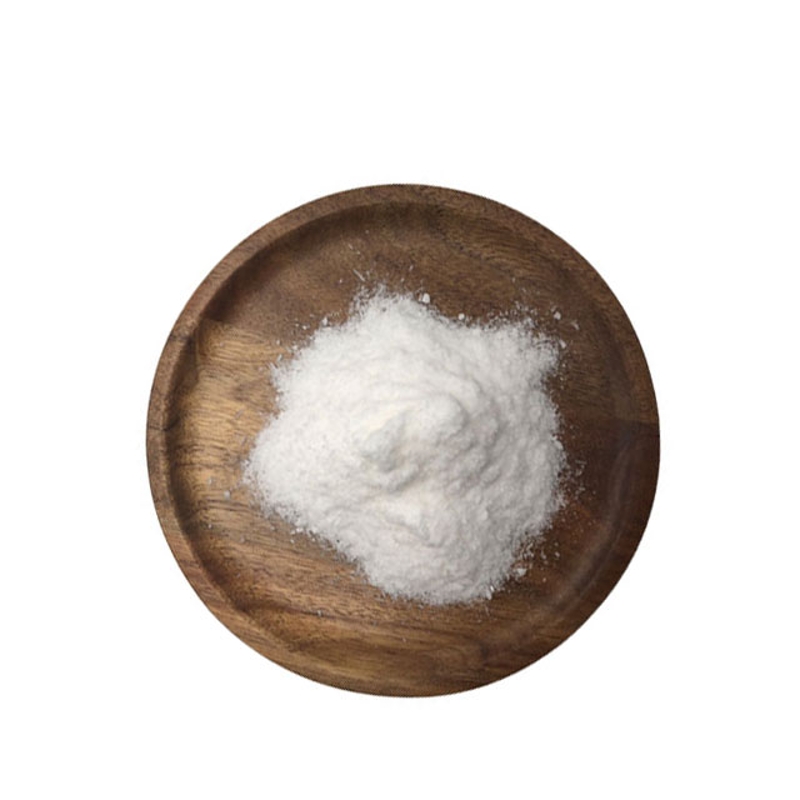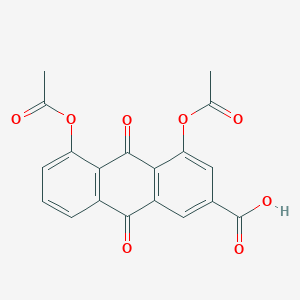-
Categories
-
Pharmaceutical Intermediates
-
Active Pharmaceutical Ingredients
-
Food Additives
- Industrial Coatings
- Agrochemicals
- Dyes and Pigments
- Surfactant
- Flavors and Fragrances
- Chemical Reagents
- Catalyst and Auxiliary
- Natural Products
- Inorganic Chemistry
-
Organic Chemistry
-
Biochemical Engineering
- Analytical Chemistry
- Cosmetic Ingredient
-
Pharmaceutical Intermediates
Promotion
ECHEMI Mall
Wholesale
Weekly Price
Exhibition
News
-
Trade Service
August 21, 2020 // -- Breast milk has a special microbiome, but it is not clear to researchers whether these microbiomes will sow seeds in breastfed infants and change them by breastfeeding, according to a recent paper published in Cell Host and Microbe entitled "Human Milk Bacteria: Seeding the Infant Gut?" In the study, scientists from Johns Hopkins University sequenced the feces of breast milk and breastfed babies, revealing the effects of co-existing microbiomes in breast milk and breastfeeding methods on the health of the baby's body. In the
paper, the researchers sequenced 16S rRNA from 877 breast milk samples collected (at 3 months), 702 3 months of age infant feces and 742 1-year-old infant feces, and focused on the specificity, duration, and mother's feeding style of breast milk through questionnaires. In addition, in the pairing study, the researchers paired samples of infant stools aged 3 months and 1 year with 3 months of breast milk, allowing the researchers to analyze the coexistence of breast milk and ASVs, a particular bacteriuse in the baby's intestines, and a wealth of covariative data allowed models to be adjusted through maternal pre-pregnancy BMI, pregnancy weight gain, delivery methods, antibiotics, fetality, and the concentration of oligosaccharides in breast milk.
photo source: Moira K. Rowding. Cell Host and Microbe 28, August 12, 2020 doi:10.1016/j.chom.2020.07.017 The researchers said that infants who were exclusively breastfed for at least 3 months had a lower diversity of intestinal bacteri groups at 3 months and a sharp increase by 12 months, while non-exclusively breastfed infants had carried a higher diversity of intestinal bacterivirus at 3 months and were more unique than 3 months. The overall composition of gut microorganisms in infants is related, including higher abundance of bacteria such as Bifidobacteria, although higher diversity of intestinal virlocy is considered to be beneficial to the health of the adult body, while infant intestinal microbiomes are less diverse and dominated by Bifidobacteria, which may help prevent the planting of opportonic pathogens, and the higher diversity of intestinal virlobes in early infrastract (3 months ago) is often associated with a higher BMI index later in life, which may suggest that Premature diversity of the intestinal bacteria may be associated with the occurrence of metabolic diseases in the later stages of the individual.
The researchers then delved into whether the microbiome collected in breast milk at 3 months of age was sown in the baby's intestines, and that there may be significant differences between the overall bacterial composition of breast milk and the baby's intestines, and that there may not be a common core breast milk microbiome in all mothers; (31%) and Bifidobacteria (27%), it is interesting to note that infant feeding may affect the coexistence of breast milk-intestinal bacteria, direct feeding will share more ASVs, including Streptococcus and Bifidobacteria, etc., the first close of the study supports the assumption that bacterial bacterium groups in breast milk will spread vertically into the baby's intestines, and this process may be interrupted by other methods such as breast milk storage.
Then, using studies to determine whether specific microbiomes in breast milk affect the overall microbial composition of the baby's intestines, the researchers analyzed 13 of the most common microbiomes, including streptococcus and Bifidobacteria, directly related to the microbiome in the gut of three-month-old infants.
It is worth noting that while breastfeeding patterns affect the heterogeneity of 13 shared breast-intestinal microbiomes, they do not appear to be related to the overall composition of the baby's gut microbiome, and the results suggest that pumping or storing breast milk may not be The development of the infant's gut microbiome may have a significant impact, as may be the result of caesarean sections, antibiotic use and non-breastfeeding, and the association between the specificity, duration and feeding patterns of breastfeeding and microbiome characteristics may also be influenced by socio-economic or lifestyle factors.
In this article, researchers delved into whether bacteria in breast milk are sown in the baby's intestines and whether the uniqueness, duration and feeding patterns of breastfeeding affect the planting process in bacterial groups, after researchers revealed a correlation between breast milk pump feeding (which the breast pump sucks out and bottle-fed) and the bacterial composition of breast milk. Breast milk pumping may alter specific breast milk virlobis in the baby's intestines, but may not be associated with the composition of the baby's overall gut microbioty, and pumping may not negate the benefits of breast milk, but the sharing of breast milk-intestinal bacteria does seem to occur and can also help explain similar percentage changes in the composition of the infant's gut microbiotos as a determined determining factor.
researchers say the potential vertically transmitted breast milk bacteriums include Bifidobacteria genus, Streptococcus genus, etc., but the origin and function of these virulose groups remain a mystery, and later researchers need to conduct more in-depth research to understand the contribution of bacteria in the baby's mouth to the observed coexistence of breast milk-intestinal bacteriums, whether this association will ultimately be related to the health of the baby later in life, and will require more in-depth study by scientists at a later stage to determine.
() References: Moira K. Rowling, Noel T. Mueller. Human Milk Bacteria: Seeding the Infant Gut?, Cell Host and Microbe 28, August 12, 2020 doi:10.1016/j.chom.2020.07.017.







